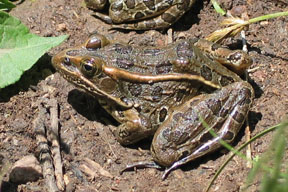 Japanese stiltweed is an invasive grass species that out-competes native species in wetlands, forests and other areas. Recent research at the University of Georgia found that it isn’t doing any favors for the American toad either, a post in Entomology Today reports. The paper appeared in the journal Ecology.
Japanese stiltweed is an invasive grass species that out-competes native species in wetlands, forests and other areas. Recent research at the University of Georgia found that it isn’t doing any favors for the American toad either, a post in Entomology Today reports. The paper appeared in the journal Ecology.
The stiltgrass, the researchers found, is wonderful habitat for wolf spiders. As wolf spider numbers increase, they prey on an increasing number of juvenile American toads. The researchers had noticed low toad survival in eight areas in Georgia with invasive stiltgrass and wanted to know why. They were surprised to find an abundance of wolf spiders.
The researchers hypothesize that the stiltgrass allows the spiders, which keep their own populations in check through cannibalism, to hide from each other.
Read all the gory details in the Entomology Today post.
Read all the scientific details in the Ecology paper.
In other amphibian news, National Public Radio recently featured the North American Amphibian Program, a citizen science project that has been tracking calling frogs for 20 years. The news hook seems to be that a citizen science in Virginia recently discovered the presence there of a leopard frog species that had only been identified two years ago in the New York City area.
Photo: Leopard frog. Credit: Shaula Hedwall/USFWS

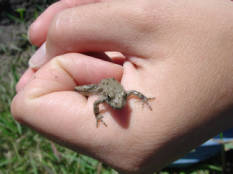
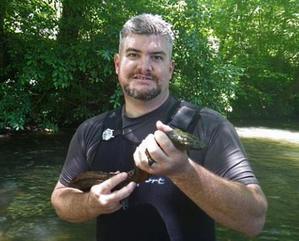 From the Georgia DNR Georgia Wild newsletter:
From the Georgia DNR Georgia Wild newsletter: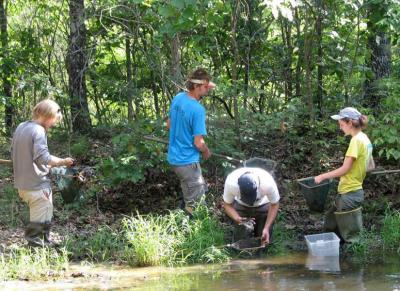 About a third of the ponds in a Missouri study harbored chytrid fungus. A
About a third of the ponds in a Missouri study harbored chytrid fungus. A 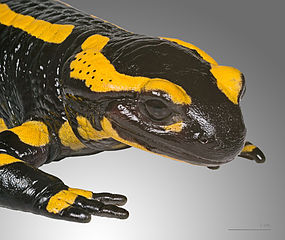 A new species of chytrid fungus has a different ecological niche than the one that has been wiping out amphibians all over the globe, says John Platt it
A new species of chytrid fungus has a different ecological niche than the one that has been wiping out amphibians all over the globe, says John Platt it 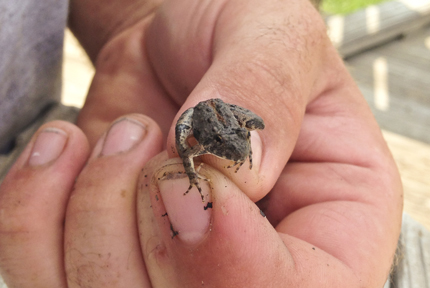 A press release from
A press release from 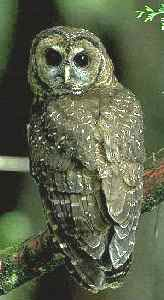 Efforts around the country to remove troublesome creatures — whether invasive or otherwise — have been met with a variety of reactions. In all cases the creatures are being removed because they are harming an ecosystem.
Efforts around the country to remove troublesome creatures — whether invasive or otherwise — have been met with a variety of reactions. In all cases the creatures are being removed because they are harming an ecosystem.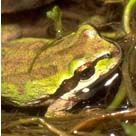 Two fungicides are showing up in the tissues of Pacific treefrogs, even those that live in pristine national parks, a recent paper in the journal Environmental Toxicology and Chemistry shows. The pesticides aren’t just coming from agricultural operations, but also from illegal marijuana farming.
Two fungicides are showing up in the tissues of Pacific treefrogs, even those that live in pristine national parks, a recent paper in the journal Environmental Toxicology and Chemistry shows. The pesticides aren’t just coming from agricultural operations, but also from illegal marijuana farming.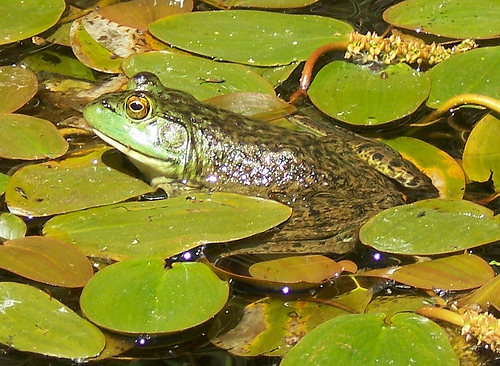 A recent study by researchers at
A recent study by researchers at